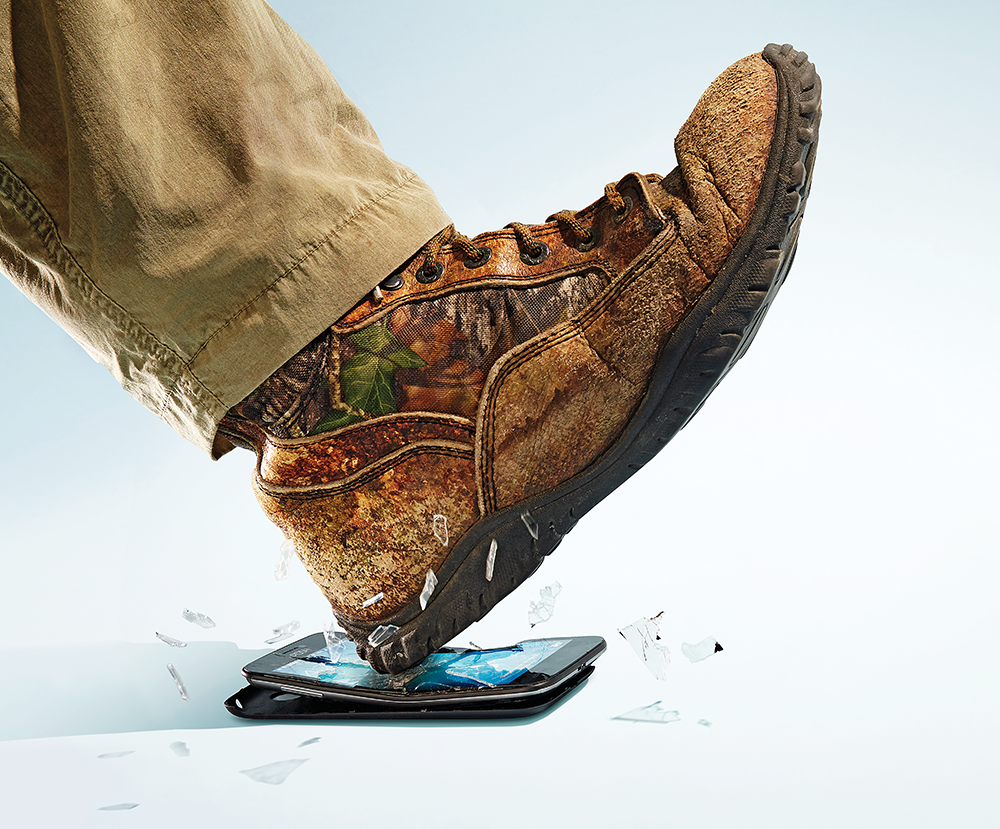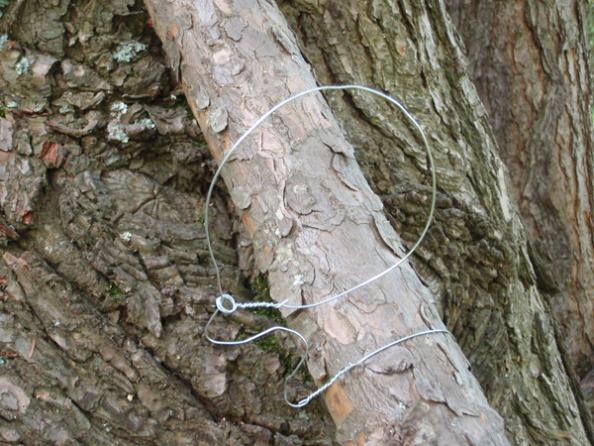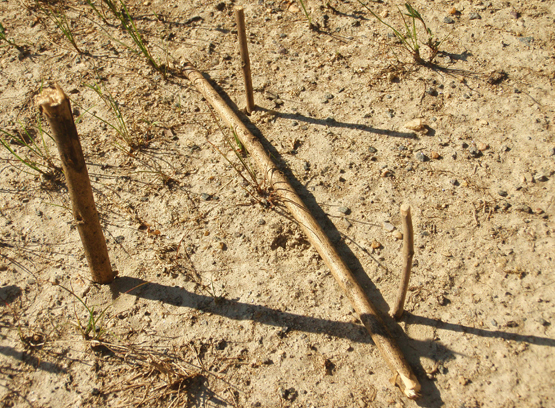“Not all those who wander are lost.”
That oft-quoted line from J.R.R. Tolkien’s The Lord of the Rings pretty well describes a certain type of outdoorsman. Maybe it’s a military sniper who relies on evasion to stay hidden and lethal. Or maybe it’s a surveillance professional, a paid spook who deliberately keeps a low profile in order to spy on his target. Or maybe it’s your friend who wins every paintball war because of her ability to melt into the woods and ambush her enemies, including you.
I honed my own evasion techniques during a 22-year career spent in really uncomfortable places while training British special forces, including the RAF’s elite Mountain Rescue unit. What I’ve learned is that it’s not easy to stay hidden, at least over a long period of time. But you can make a pretty good go of it as long as you practice rigorous self-discipline and follow these guidelines.
1. Don’t tell anyone your intentions
This may seem obvious, but it’s worth remembering that the more you keep to yourself, and the fewer friends and strangers you interact with, the more inscrutable your motives and intentions will be to people trying to predict your behavior and location.
2. Avoid leaving sign
From the moment you leave the known world, you will be inadvertently leaving evidence of your presence and direction. “Ground sign” includes broken twigs and footprints in mud and dust. Avoid leaving “middle sign,” such as brushed foliage and pushed-back vegetation. And be mindful of “top sign,” or hair and fibers caught on foliage and tree bark. Disguise your footprints by pulling an old pair of socks or hosiery over your boots.
3. Leave false trails and looping tracks
If you travel in one direction and then either backtrack or radically change direction in areas where you can disguise your sign, then you can mislead any trackers, or at least slow them down. Also consider jumping from one trail to another so that tracks start and stop intermittently. This will slow down any tracking operation, but it also takes time, patience, and the right set of conditions to execute.

4. Leave your electronics behind
Do not carry your cellphone. If you absolutely must, for safety’s sake or to be in touch with a rescuer at the end of your walkabout, then remove the battery and the SIM card before you begin your trip. Electronic surveillance, and in particular cell-cluster analysis, can give very precise location data. And a deep analysis of digital behavior gives searchers a robust profile of your habits and your likely intentions.
Wear optical camouflage to make yourself less visible to cameras and human eyes. If you want to get really serious about staying unfound, then consider thermal-signature camouflage, which will disguise your body heat to electronic surveillance devices such as drones carrying infrared detectors.
5. Manage your waste
Discard nothing: no trash or human waste. Your leavings will only serve to highlight that you were there, confirming to would-be trackers that they are back on track. If you must discard an item, try to lay a false trail, but that’s dangerous because it also confirms your presence. This waste-management edict is absolute: No spitting. No touching surroundings with bare hands. No dripping sweat.
Photograph by Nick Ferrari















